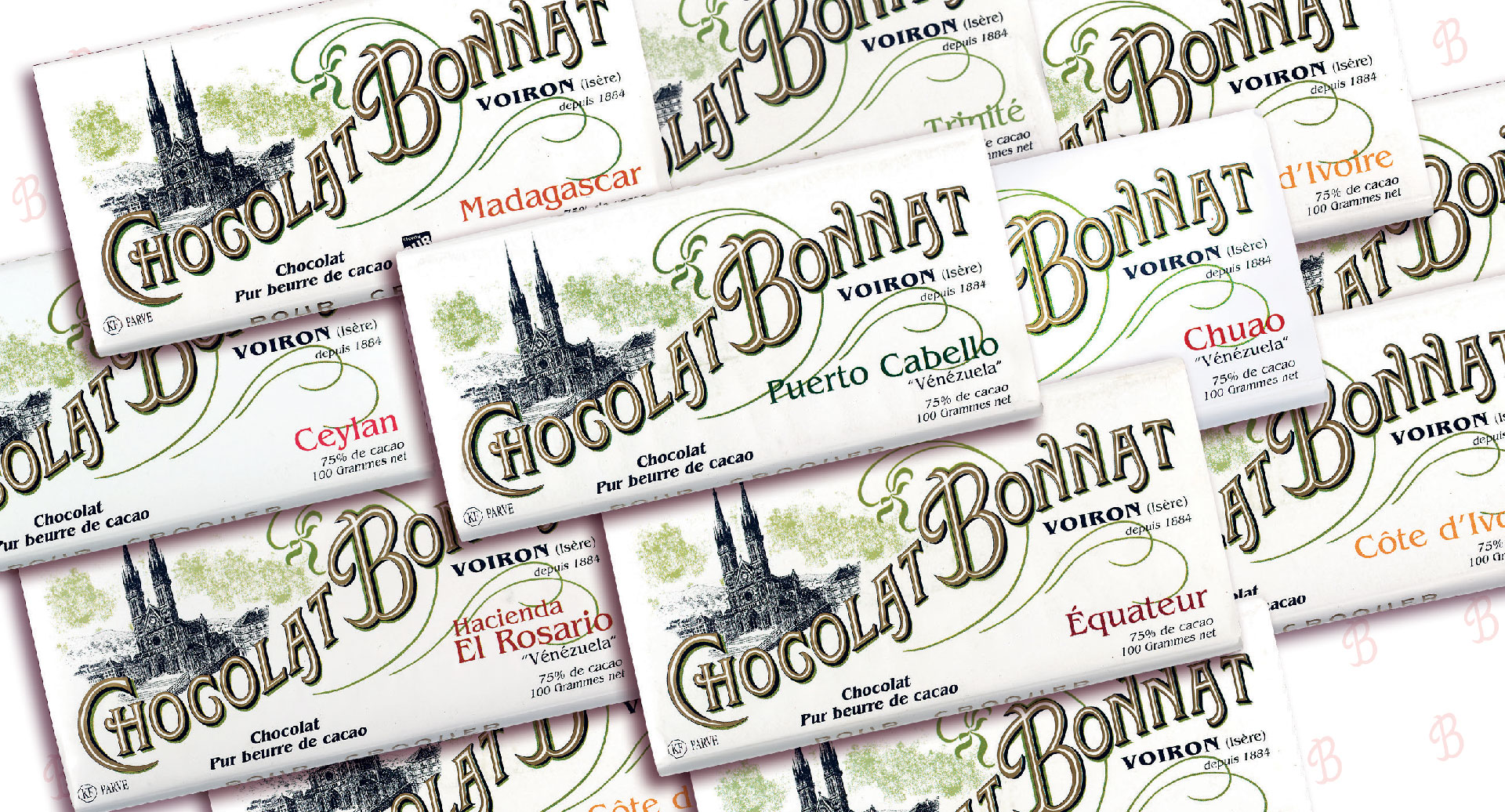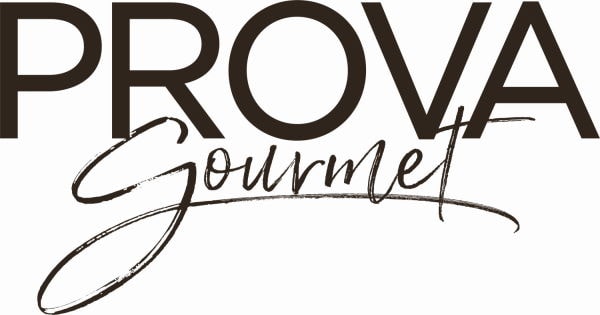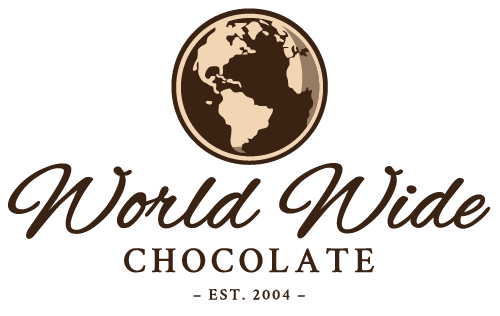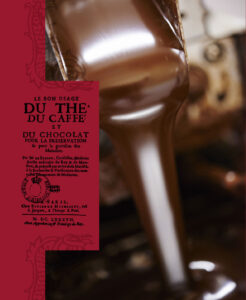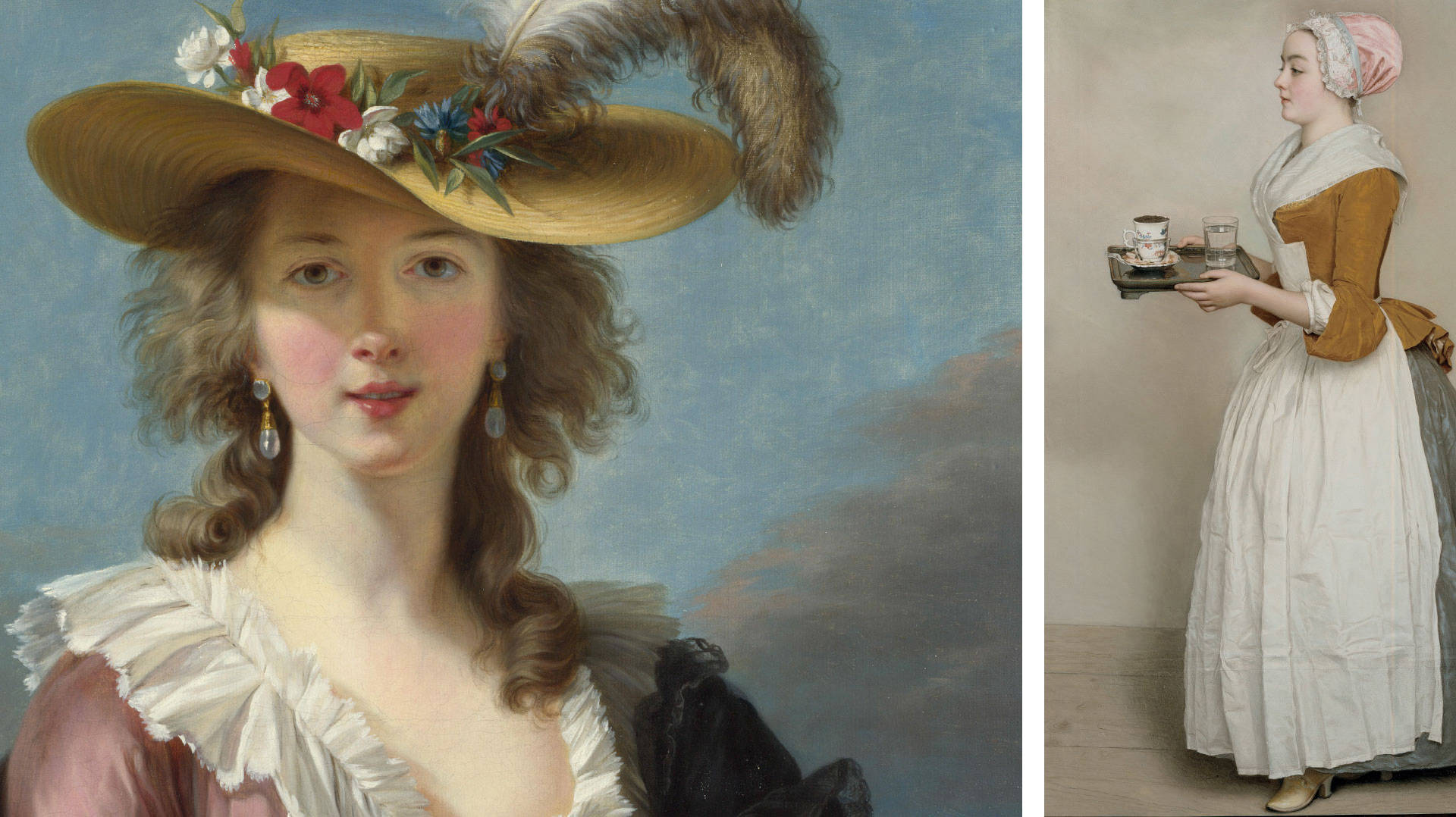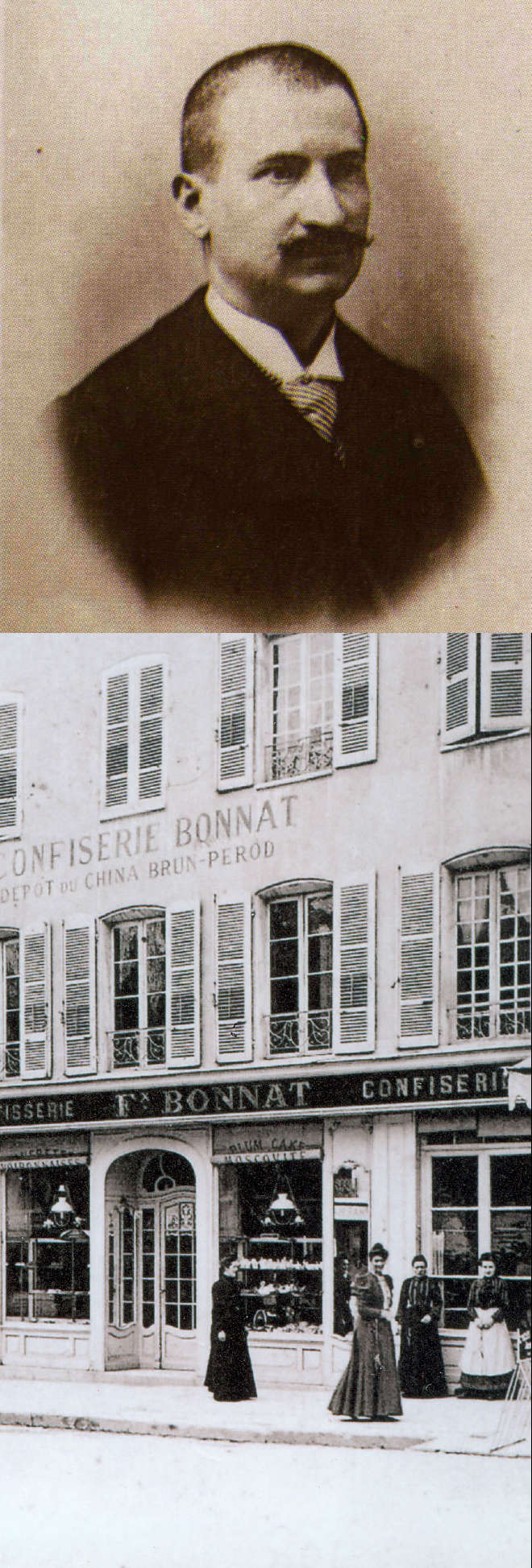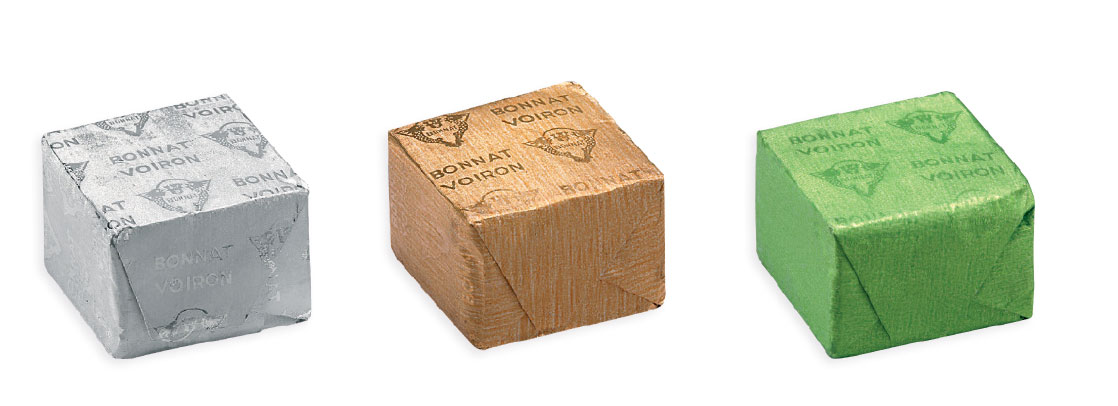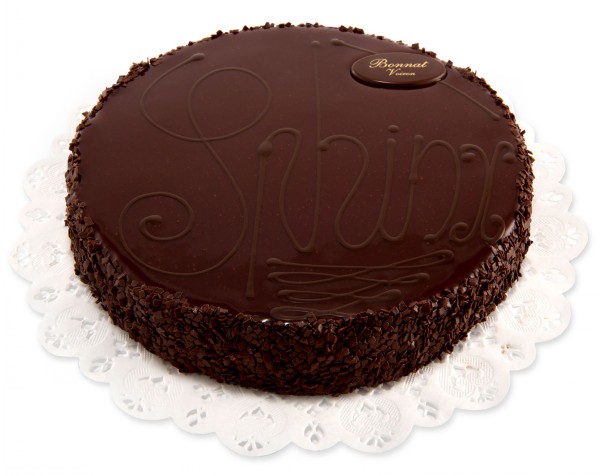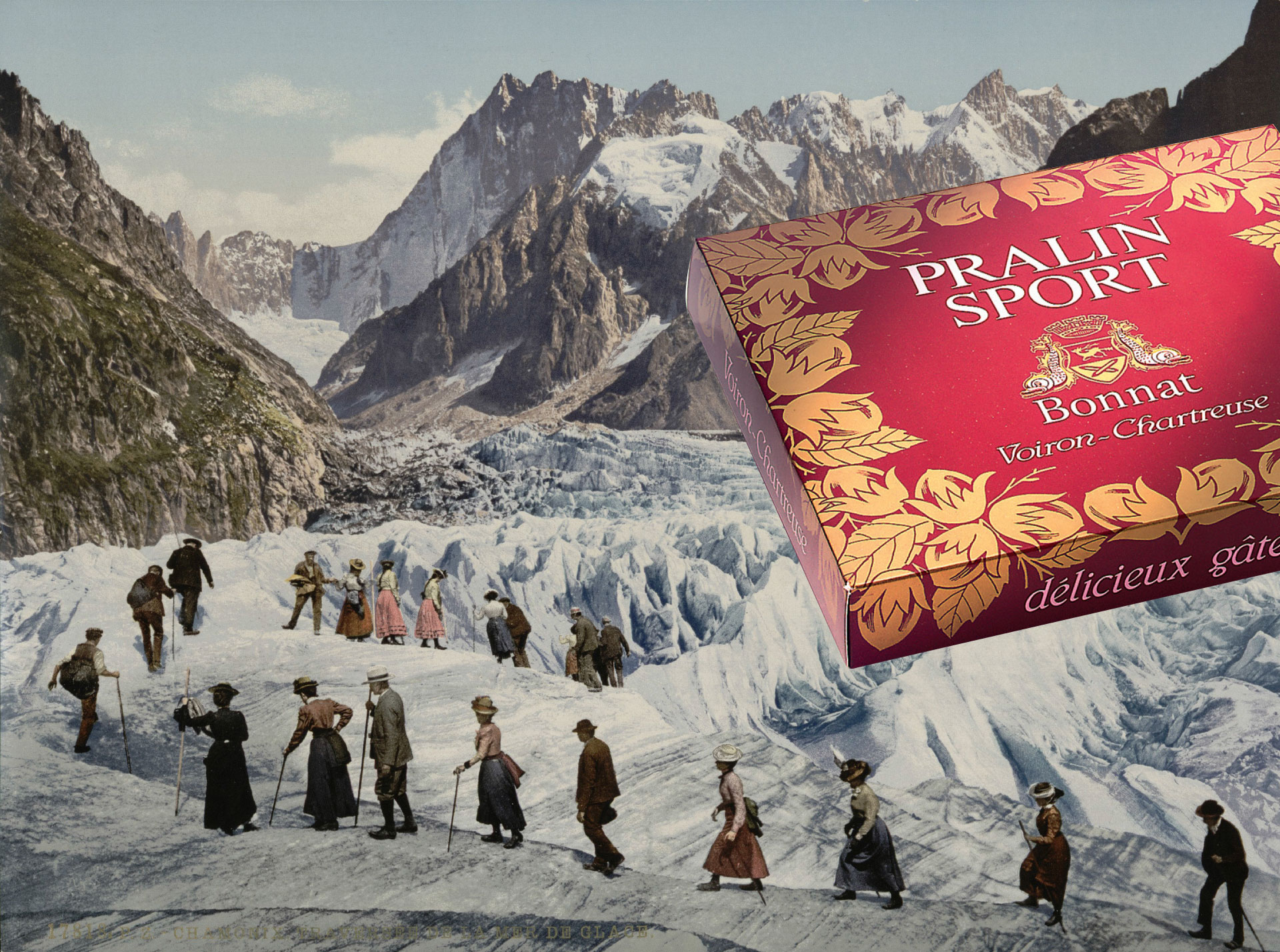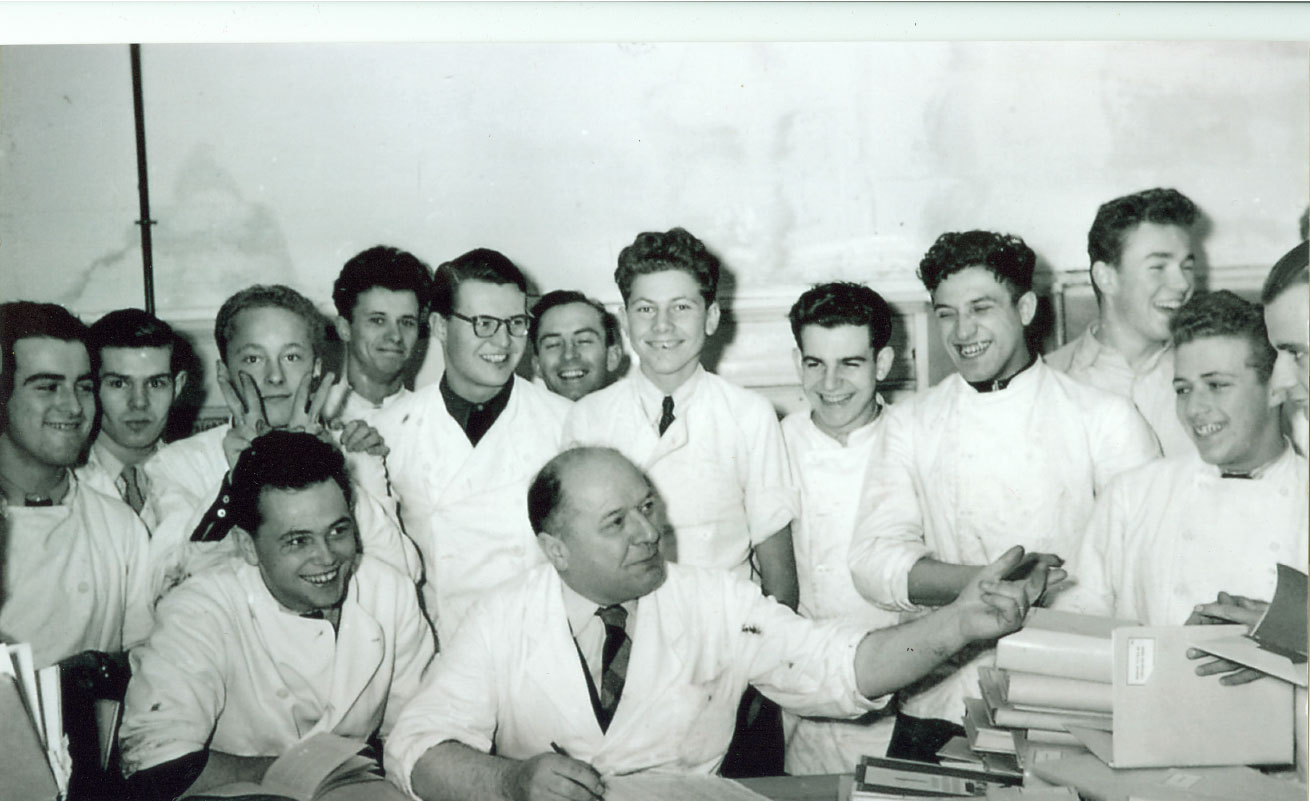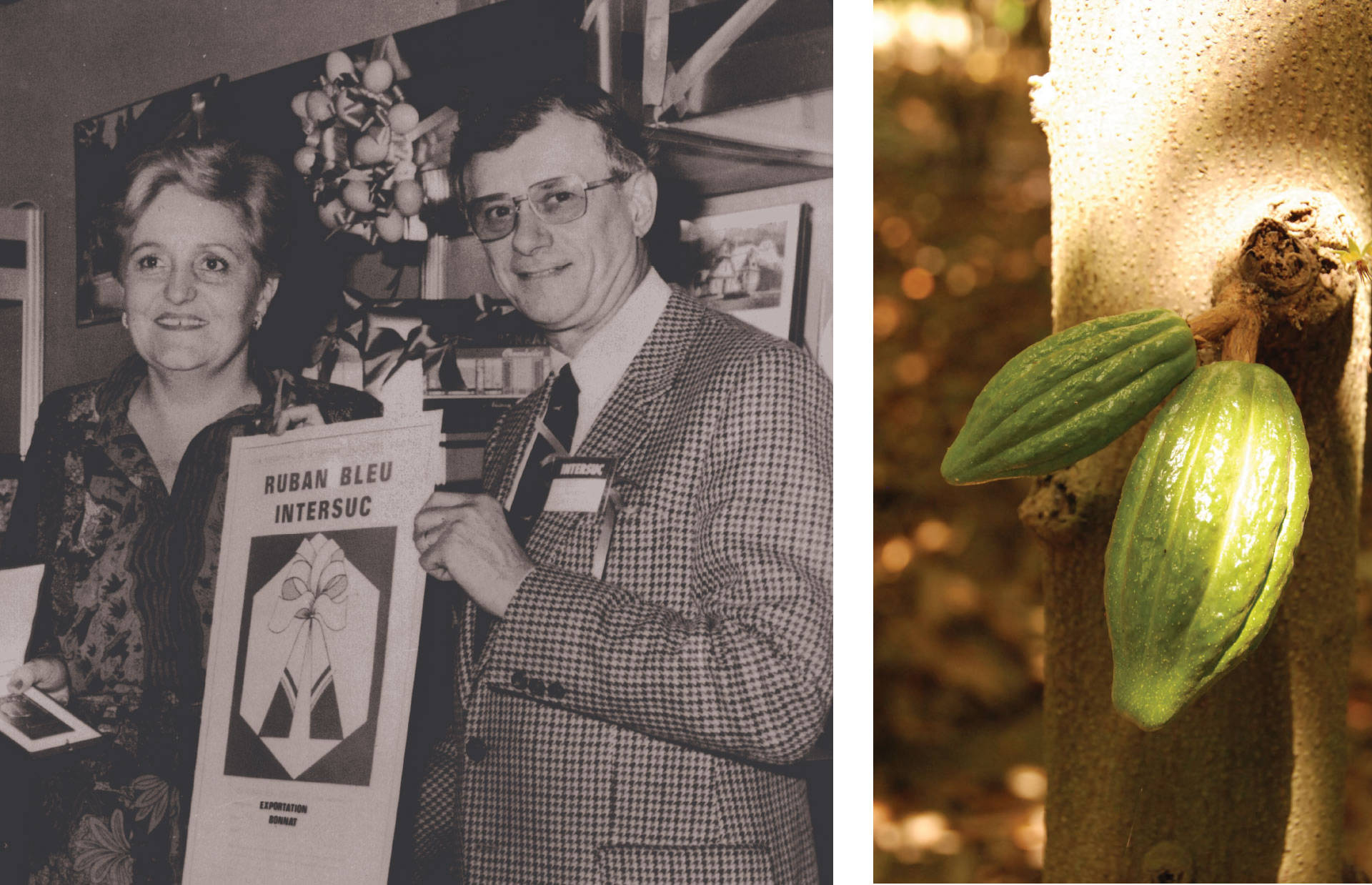
“If it’s good for your palate, it cannot be bad for your soul.”
For centuries, the Bonnat family has seamlessly intertwined their lives with the ancient crafts of sugar and plants, cultivating a rich heritage where the enjoyment of good food and the art of eating well become one. Since 1884, they have shared their deep passion for chocolate across generations, fostering a warm atmosphere and ensuring exceptional taste and quality. The secrets of Bonnat Chocolate are profoundly rooted in the unique history of this family of artisans.
1650

1650
Sweetened with honey, milk, or spices, prescribed by doctors, advised by friends, and a symbol of modernity and nobility, chocolate has enchanted the highest circles of society.
In 1528, chocolate arrived in Spain with Hernán Cortés, quickly captivating the Spanish court and spreading through Europe, particularly France, as Marranos took cocoa beans to the Netherlands. Legend has it that the governess of the Spanish court, Stéphane Bonnat’s grandmother, inspired her descendants with a love for original cocoa and adventure. The support of queens Anne d’Autriche and Marie-Thérèse d’Autriche, who married Louis XIV in 1660, helped elevate the cocoa bean and its key compound theobromine into the most coveted drink in European courts.
1751
At the same time as the first volume of L’Encyclopédie was released, a confectioner and liqueur maker, Monsieur Bonnat, established himself in Voiron at the base of the Massif de la Chartreuse.
Cocoa gained prominence during the Enlightenment, cherished by thinkers and integrated into sauces, condiments, and desserts, paving the way for the first chocolate candies crafted by innovative confectioners and pastry chefs. In France, a vibrant culture flourished as Louis XV enjoyed chocolate in Versailles, while apothecaries and liqueur-makers distilled plants and created sweets. This rich tradition would become central to the identity and craft of Bonnat’s founder.
1861
Félix Bonnat, born in 1861, learned his craft from his father and worked as a liqueur maker confectioner and dessert maker in Voiron. Alongside his wife Clotilde he expanded his business in the flourishing Isère region fully immersing himself in the local spirit making renaissance. The Bonnat family already produced high quality chocolate but Félix sought to innovate further. By 1883 with the emergence of conching and advancements in chocolate making he adopted the latest Swiss technology the casse cocoa tarare.

1888
Great cities revolutionized business through large stores such as Le Bon Marché in 1852, Le Printemps in 1865, and Les Galeries Lafayette in 1896. However, it was Félix Bonnat who boldly introduced winter and spring collections never before seen in the profession. This demonstrated Maison Bonnat’s exceptional ability to embrace new possibilities and draw inspiration from global innovation.
1900
Friendship between France and Russia continued to flourish as Félix Bonnat created the Plum-cake Moscovite to honor Tsar Nicolas’ arrival, an accomplishment that earned him an award at the Exposition Universelle. Fifteen years later, this rum-soaked cake gained immense popularity among the soldiers of the Great War, celebrated for its delightful flavor and impressive shelf life.
1904
An inspired pioneer, Félix Bonnat created two delightful products for his Champagne manufacturing friends, which have since been imitated around the globe: the Krugette and the Orangine, crafted from crystallized orange peel enrobed in chocolate.

Opening to the world
This marked the end of a century and the beginning of a new era. Empowered by his achievements, Félix Bonnat continued the family legacy of crafting desserts and confectionery, soon joined by his two sons, while also remaining at the cutting edge of his time through consistent innovation.
Marthe and Louise, the wives of Armand and Gaston Bonnat, were both daughters of pastry makers, and just like Clotilde with Félix, they worked in the shop, bringing their enthusiasm and skill. While the men focused on the laboratory or researched new markets, the women handled customer relations, sales, shipping, and accounting. The business grew and successfully met the challenges of the time.
1906
The hallmark chocolate of an exceptional chocolatier
Félix Bonnat was inspired by the captivating sounds of the Sphinx waltz that made France dance, as well as the adventurous spirit of explorers and the enchanting mystery of the Egyptian monument, leading him to create the Sphinx cake, a delightful treat still enjoyed today in Voiron, featuring a sublime ganache atop a cocoa enigma.
1919
Pierre Benoît published Atlantis, and France rediscovered its taste for storytelling and a breath of exotic freedom. Always attentive to current trends, Maison Bonnat knew how to touch the hearts of its customers by creating a new pastry. Its exterior was simple, but inside, a marvelous praline was revealed, as hidden and delicious as a little secret. Antinea.
1924
Preparations for the 1925 Exposition Universelle were underway in Grenoble, at the center of modernity in hydroelectricity and tourism. The Bonnat Pralin Sport brought this progress and passion to discerning tourists who traveled from Chartreuse, Vercors, and all the massifs of the world. With a coating of praline, cocoa, and grilled hazelnuts, they offered a delightful source of energy and a refreshing experience.
1920
Energy and Technique
Félix Bonnat and his sons exported their products worldwide, developing an innovative system to cool the laboratory by circulating water through the walls during the summer and utilizing steam coils to generate heat in the winter.
1956: Raymond Bonnat and the revolution of the Grands Crus
In 1956, Raymond Bonnat took over the family business and, after studying business and training at The Bâle School of Chocolatiers, he transformed the chocolate industry. By 1976, he had upheld the family’s reputation for quality while expanding internationally. To celebrate the chocolaterie’s centenary, he created the Grands Crus, chocolate bars made exclusively from cocoa beans of a single origin that included eight distinct origins. This innovation earned him the prestigious Intersuc award and has since been widely adopted in the industry.
Present Day
The Ivory Coast, Madagascar, Ceylon, Trinity, Chuao, Ecuador, Puerto Cabello, Hacienda El Rosario… numerous challenges lay ahead for Maison Bonnat, marking the beginning of an exciting new chapter that placed a much greater emphasis on exploring the finest cocoa beans and fostering active collaborations with farmers.
